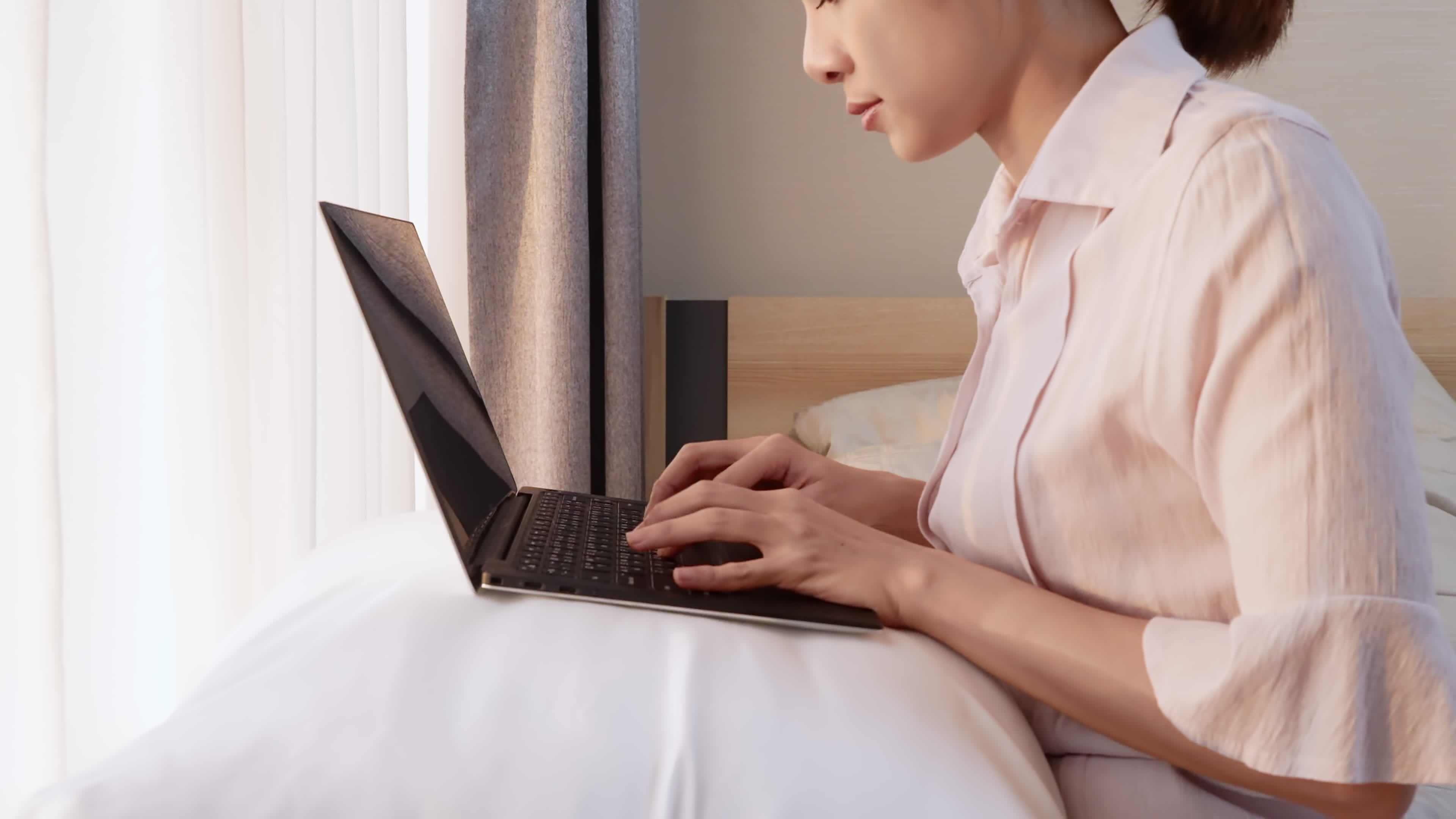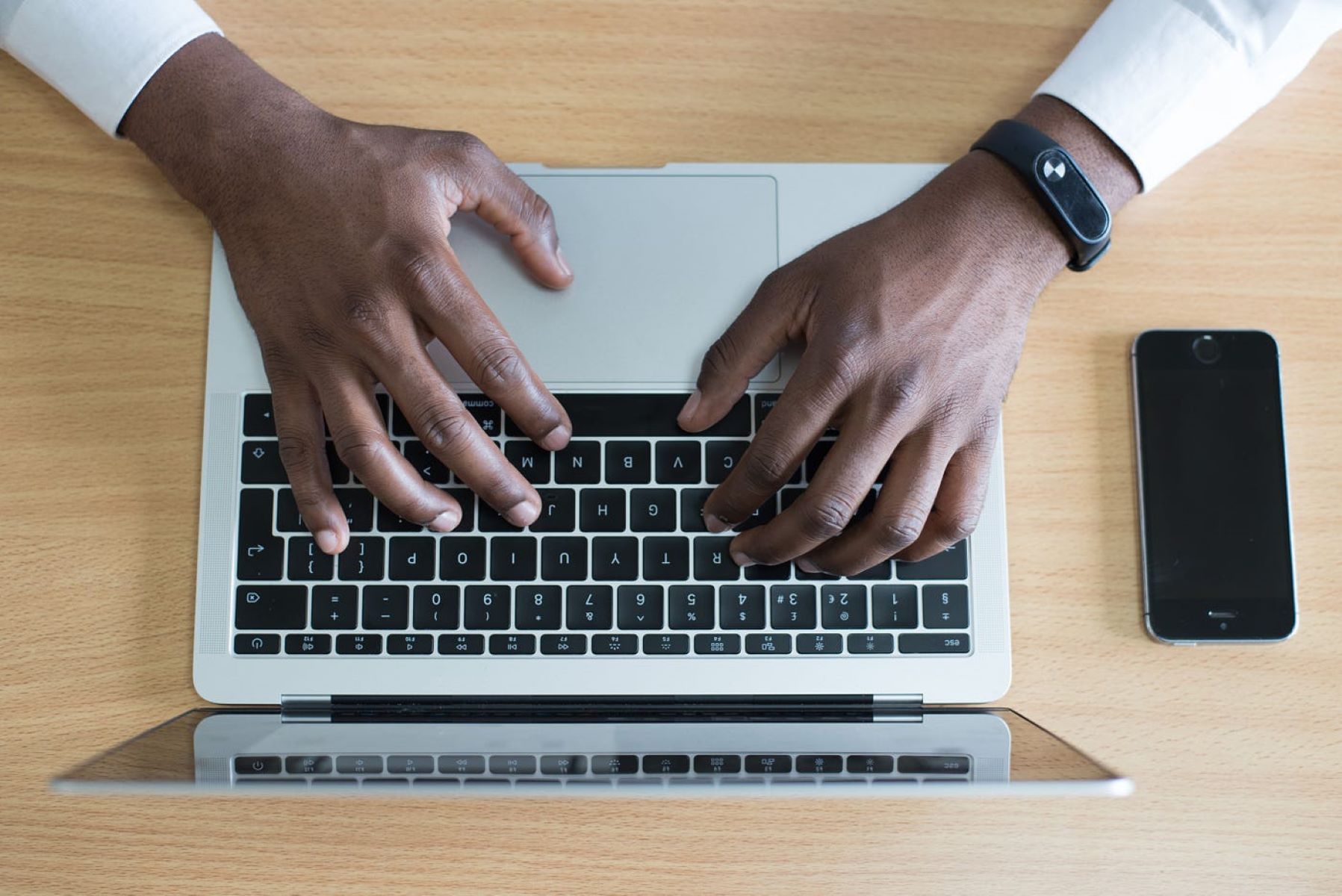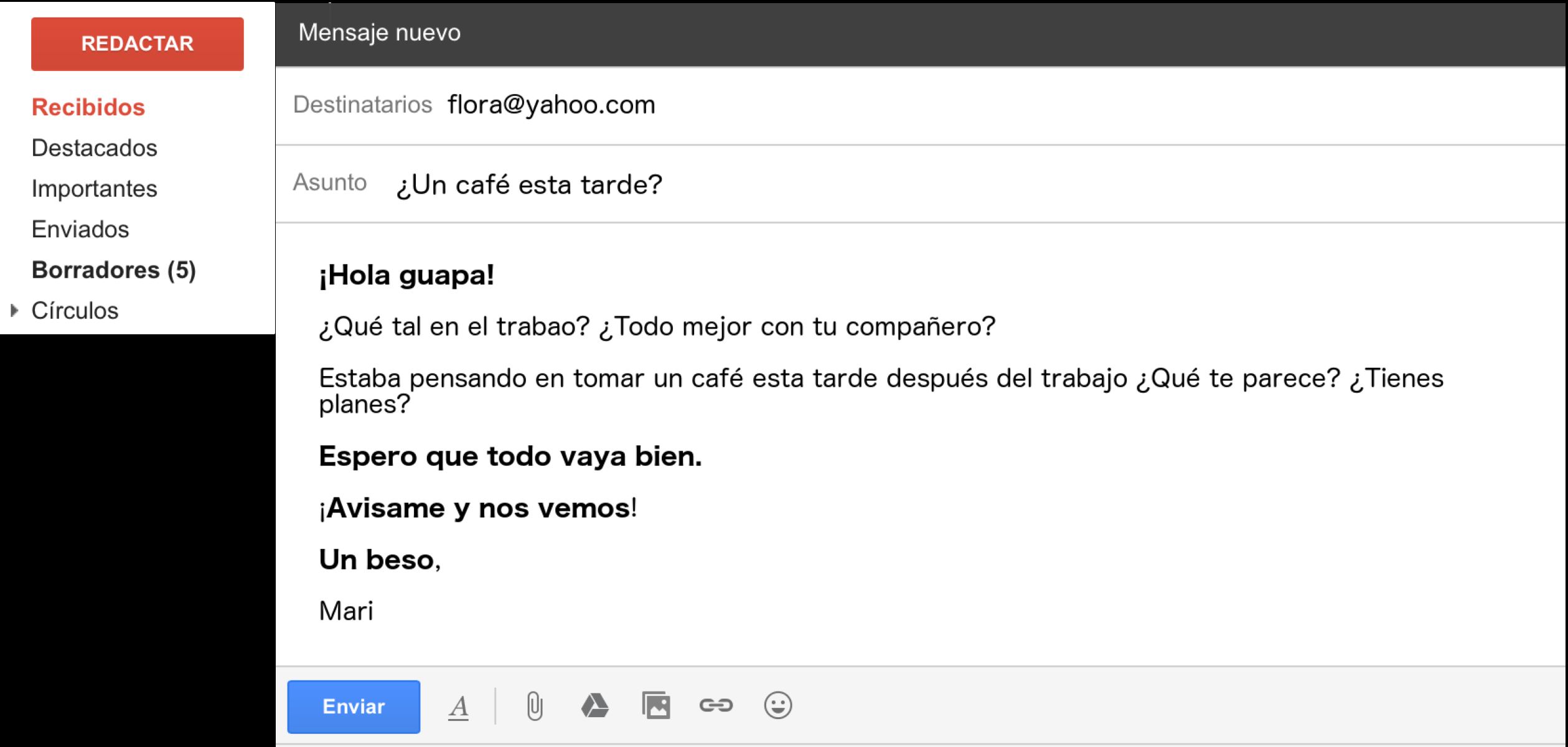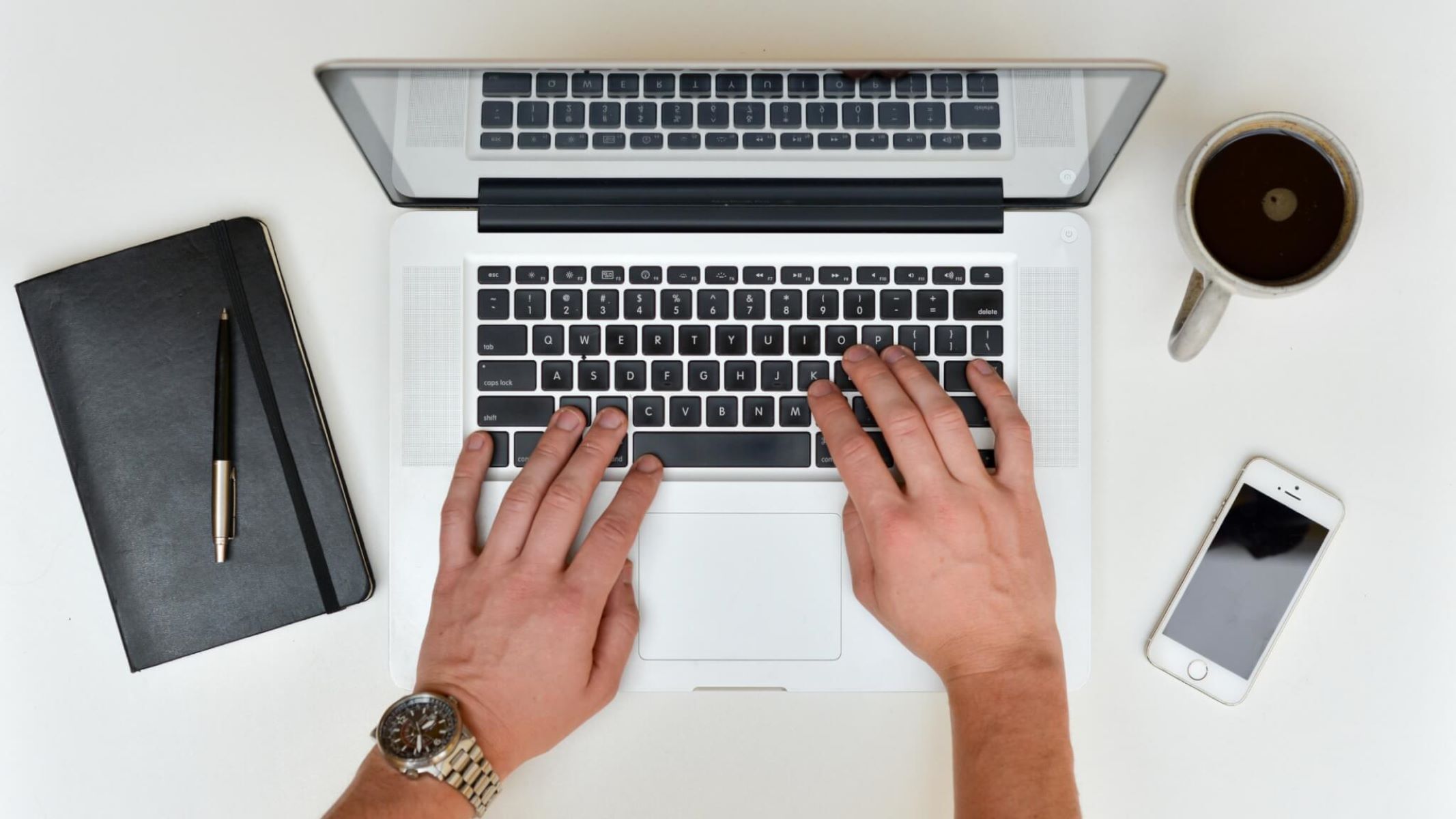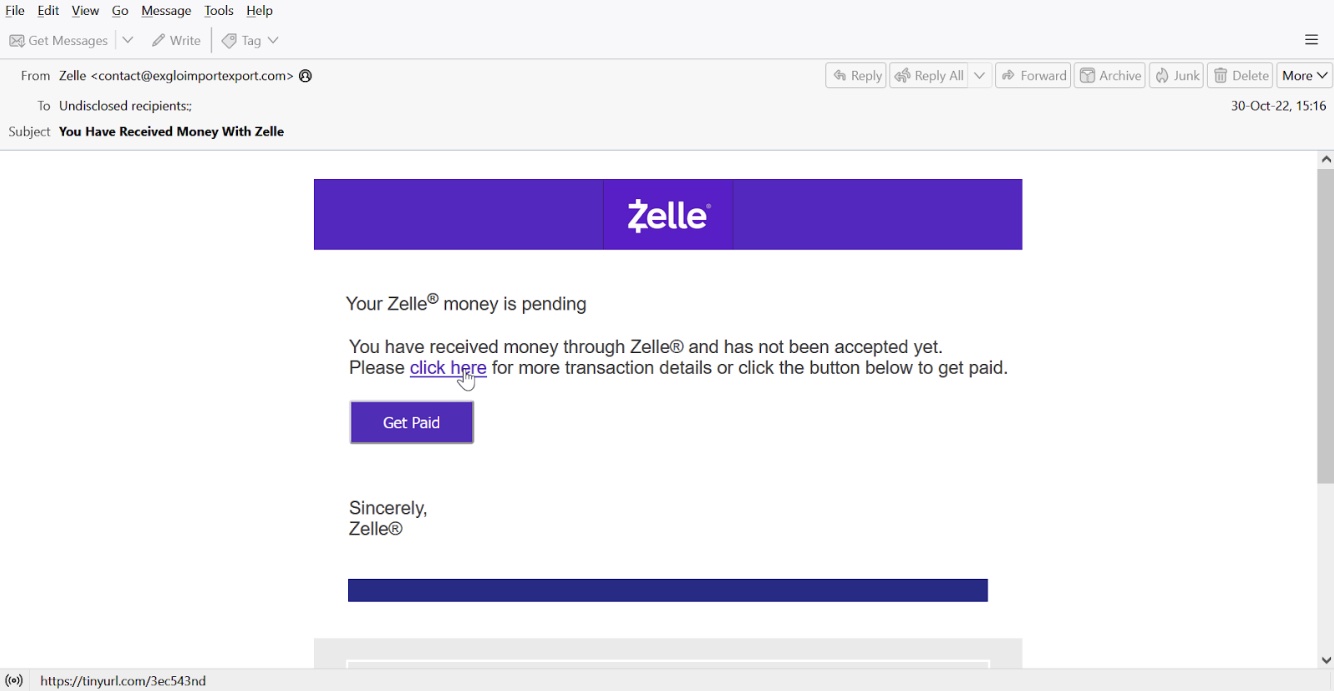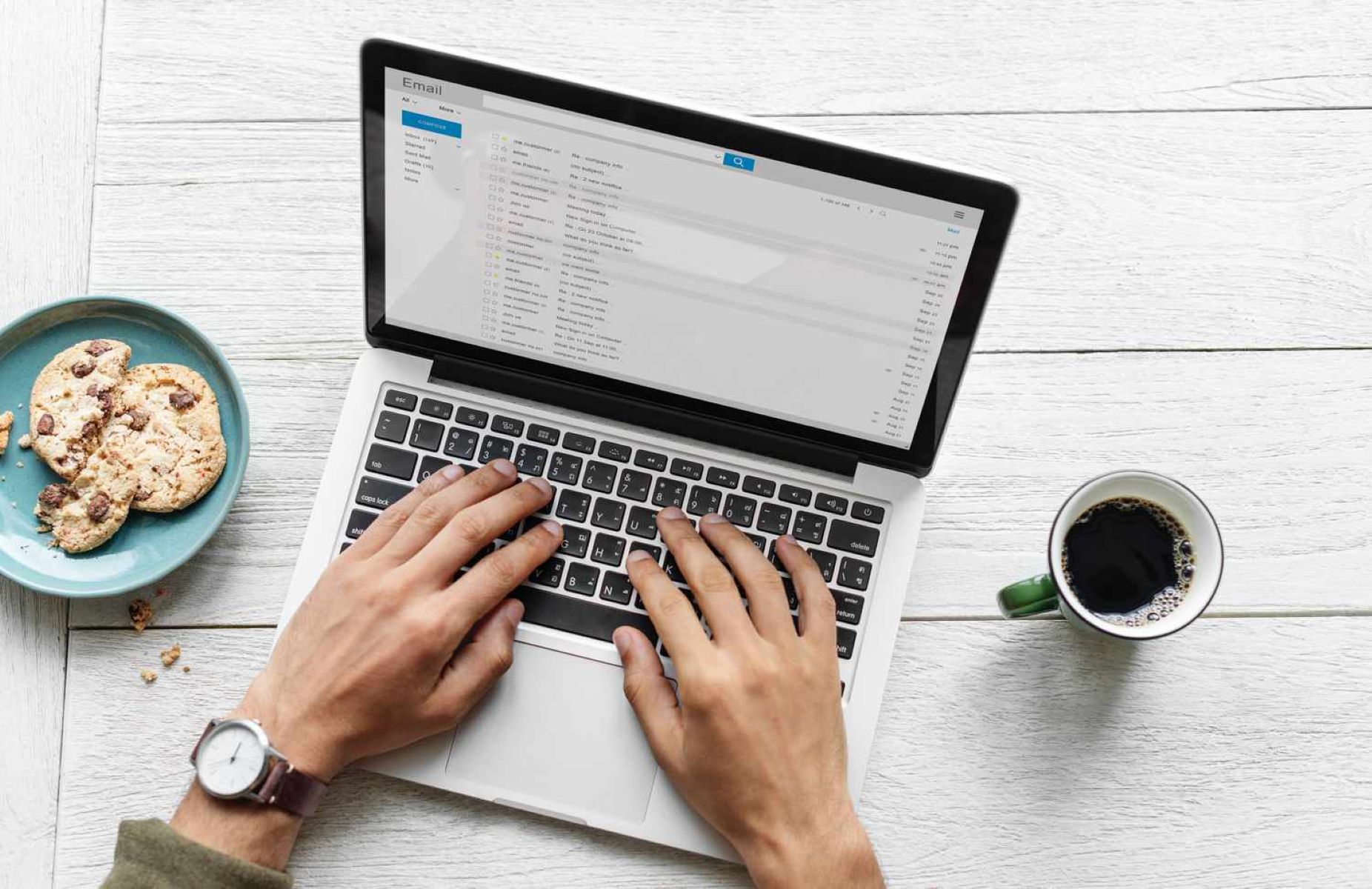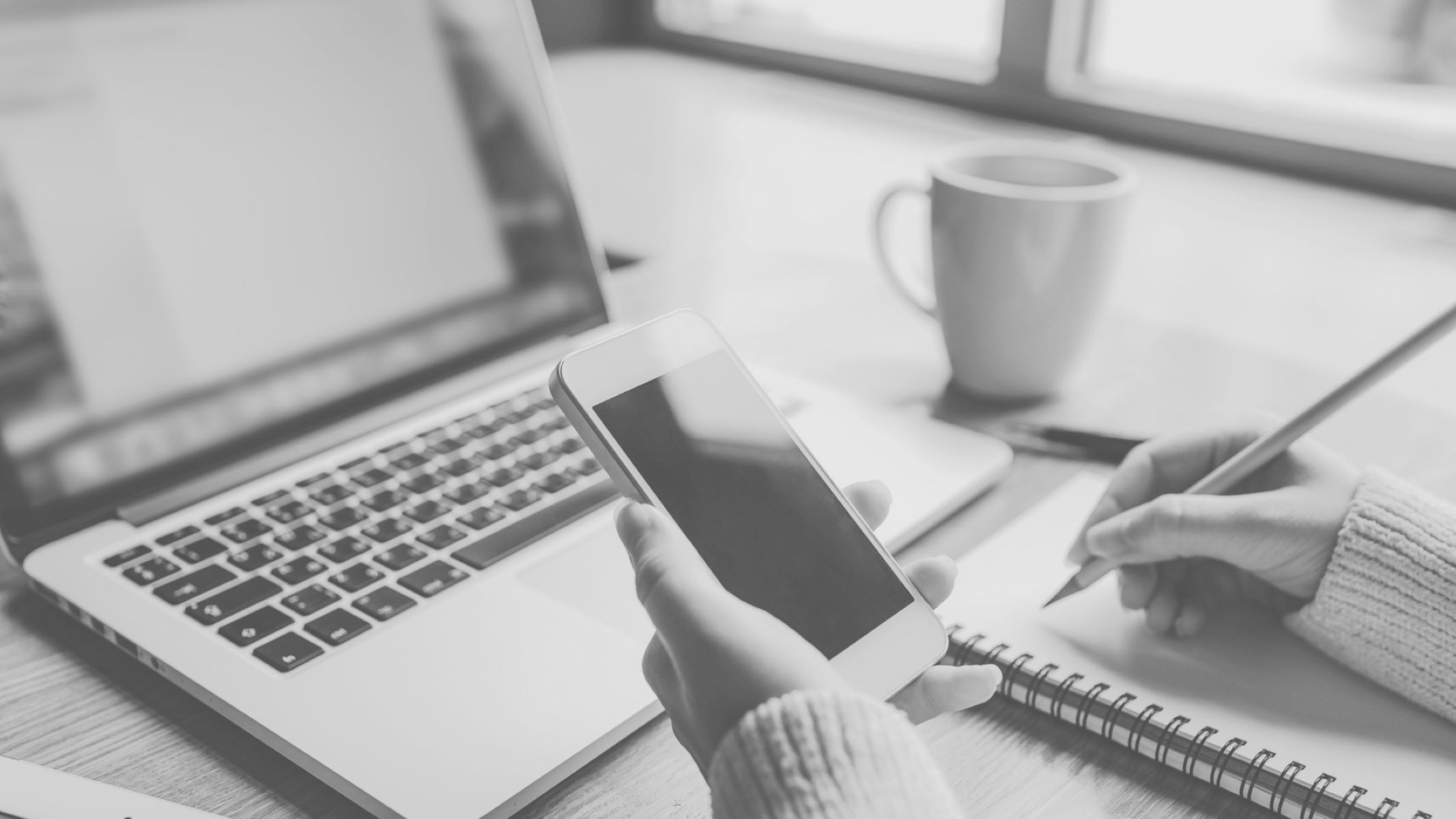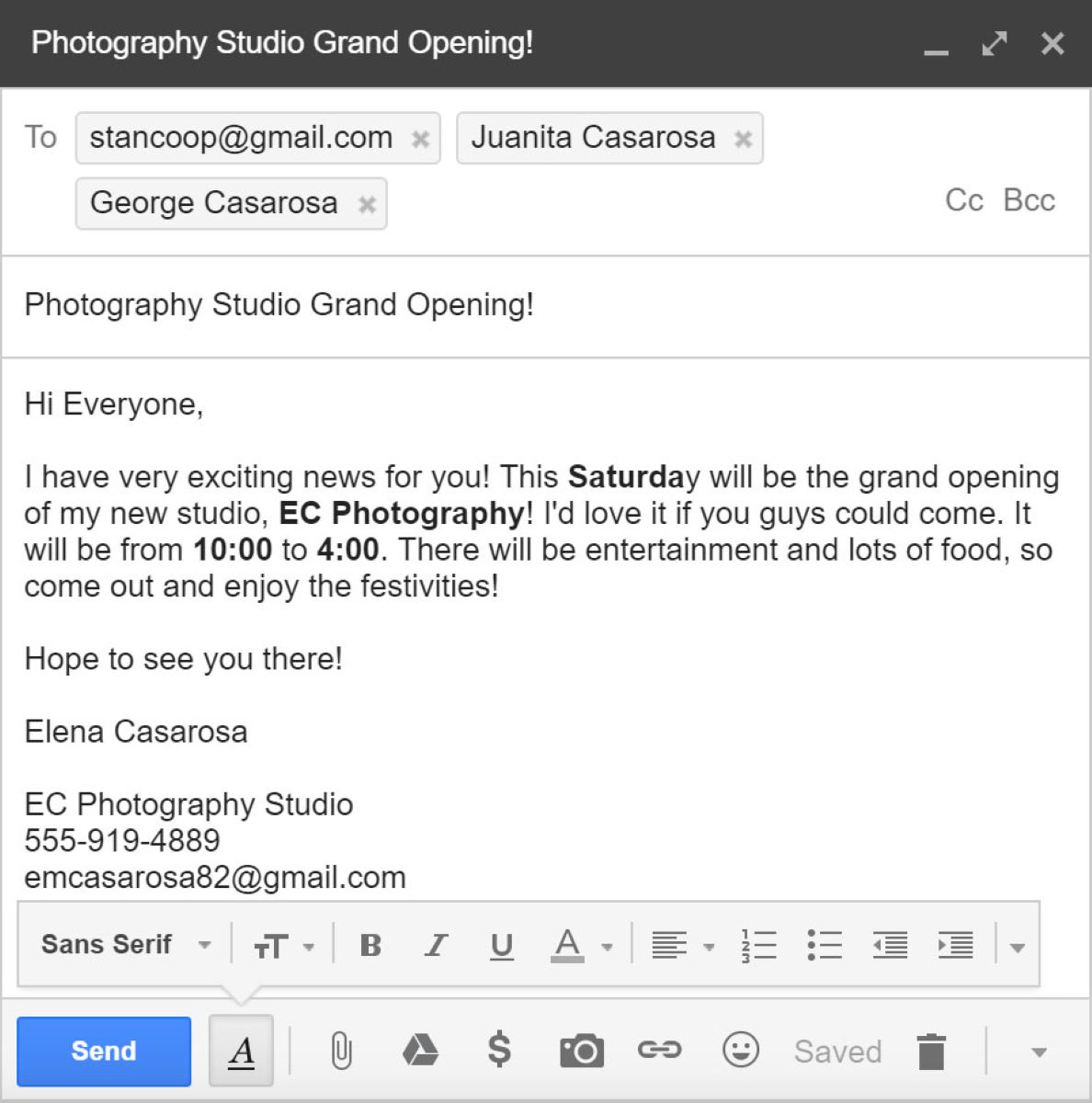Importance of Greetings in Emails
When it comes to email communication, greetings play a crucial role in establishing a positive and professional tone. They serve as the opening to your message and can leave a lasting impression on the recipient. Greetings in emails are not just formalities; they reflect your professionalism, respect, and attention to detail.
A well-crafted greeting immediately sets the right tone for your message. It demonstrates your courtesy and shows that you value the recipient’s time and relationship. Conversely, a careless or impersonal greeting may give the impression of indifference or lack of professionalism.
First impressions count, and the greeting is your opportunity to make a good one. Whether you are writing to a colleague, a client, or a potential business partner, a thoughtful and tailored greeting helps to establish a positive rapport from the outset.
Moreover, greetings in emails contribute to effective communication. They provide a clear indication that the message is meant for the recipient, reducing the risk of misunderstandings or confusion. By addressing the recipient by name or using an appropriate salutation, you show that the email is personalized and relevant to them.
In addition to setting a professional tone and ensuring clarity, greetings can also help to foster a friendly and collaborative atmosphere. A warm and welcoming greeting can create a sense of connection and rapport, making the recipient more receptive to the content of your email. It humanizes the interaction and acknowledges the recipient as an individual, not just an email address.
Overall, greetings are not to be underestimated in the world of email communication. They have the power to establish a positive tone, showcase professionalism, and build strong relationships. By taking the time to craft appropriate and thoughtful greetings, you lay the foundation for effective and meaningful communication.
Formal vs. Informal Greetings
When composing an email, it is important to consider the tone and level of formality in your greetings. The choice between a formal or informal greeting depends on the nature of your relationship with the recipient and the context of the email.
Formal greetings are typically used in professional settings or when corresponding with someone of higher authority. They maintain a level of respect and professionalism, setting a formal tone for the email. These greetings are often used when communicating with clients, executives, or individuals you do not know well. Examples of formal greetings include:
- Dear Mr./Ms. [Last Name]
- Dear [Job Title]
- To whom it may concern
Informal greetings, on the other hand, are used in more casual or familiar situations. They are appropriate when communicating with colleagues, friends, or individuals you have an established rapport with. Informal greetings help to create a friendly and approachable tone, fostering a more relaxed atmosphere. Examples of informal greetings include:
- Hello [First Name]
- Hi [First Name]
- Hey [First Name]
When selecting a greeting, it is essential to consider the recipient’s preference and the level of familiarity you have with them. If you are unsure of their preference or the appropriateness of an informal greeting, it is best to err on the side of caution and choose a more formal option.
Remember, the goal is to strike the right balance between professionalism and personal connection. While formal greetings establish respect and professionalism, informal greetings foster a more relaxed and friendly tone.
Additionally, pay attention to cultural norms and expectations when deciding between formal and informal greetings. In some cultures, a high level of formality is expected, even in casual correspondence. In other cultures, a more relaxed and friendly tone may be preferred, even in professional emails. It is important to research and understand the cultural context in order to choose an appropriate greeting.
Ultimately, the choice between formal and informal greetings in emails depends on the recipient, the nature of the relationship, and the cultural context. By selecting the right greeting, you can create a positive and effective email communication experience for both you and the recipient.
Commonly Used Greetings in Business Emails
Choosing the right greeting sets the tone for your business emails and can have a significant impact on the recipient’s perception of your professionalism and attention to detail. While there are countless variations and personal preferences, there are several commonly used greetings in the business world that you can use as a starting point.
1. Dear [Recipient’s Name]: This is a classic and widely used formal greeting in business emails. It establishes a sense of professionalism and is appropriate for both familiar and unfamiliar recipients. It is particularly useful when you have a professional relationship or need to convey a sense of respect.
2. Hello [Recipient’s Name]: This is a more informal and friendly greeting that can be used in business emails with colleagues or when you have a more casual relationship with the recipient. It can help to foster a relaxed and approachable atmosphere while maintaining a level of professionalism.
3. Hi [Recipient’s Name]: Similar to “Hello,” this is a more casual and relaxed greeting commonly used in business emails among colleagues or individuals you have an established rapport with. It conveys friendliness and approachability while still remaining professional.
4. Good morning/afternoon/evening [Recipient’s Name]: This greeting is suitable for emails sent at specific times of the day. It shows attention to detail and acknowledges the recipient’s time. Using a specific time of day adds a personal touch to the greeting and demonstrates that you are conscious of their schedule.
5. Greetings: This is a versatile and neutral greeting that works well in a variety of business email scenarios. It is a safe choice when you are unsure of the appropriate level of formality or when addressing a group of recipients.
When selecting a greeting, it is essential to consider the level of formality required for the situation and the relationship you have with the recipient. Additionally, be mindful of the cultural context and preferences, as they may influence the choice of greeting.
Remember, while these are commonly used greetings, it is always best to personalize your greeting whenever possible. Addressing the recipient by name adds a personal touch and shows that you took the time to individualize your communication.
By using these commonly used greetings as a starting point and adapting them to the specific circumstances, you can ensure that your business emails begin on the right note and set the stage for effective communication.
Tailoring Your Greeting to the Recipient
One of the key aspects of effective email communication is tailoring your greeting to the recipient. A personalized greeting demonstrates your attention to detail and consideration for the individual receiving your email. By customizing your greeting, you can create a more meaningful connection and enhance the overall effectiveness of your message.
When addressing someone in an email, it is always best to use their preferred name. If you are unsure, take a moment to research or ask how they prefer to be addressed. Addressing someone by their preferred name shows respect and acknowledges their identity.
Additionally, consider the recipient’s role or title. If you are emailing someone with a specific job title or professional designation, it may be more appropriate to incorporate their title into the greeting. This showcases your respect for their position and expertise.
Furthermore, think about the level of familiarity you have with the recipient. If you have a close working relationship or a more informal connection, you may opt for a more casual greeting. An informal greeting can help create a friendly and approachable tone, facilitating a smoother flow of communication.
On the other hand, if you are corresponding with someone for the first time or in a formal business setting, it is advisable to choose a more formal greeting. This demonstrates your professionalism and sets the appropriate tone for the communication.
Consider the context and purpose of your email as well. For example, if you are reaching out to a prospective client or business partner, you may want to choose a more formal greeting to establish a sense of professionalism and respect.
Lastly, take cultural considerations into account. Different cultures may have different expectations for greetings in emails. Research the cultural norms and preferences of the recipient when addressing individuals from different cultural backgrounds. Showing cultural sensitivity in your greetings helps build rapport and avoid potential misunderstandings.
Tailoring your greeting to the recipient shows that you value the relationship and creates a more personalized and engaging email experience. It sets a positive tone for your message and encourages open and productive communication.
Cultural Considerations in Email Greetings
When engaging in email communication across cultures, it’s important to be mindful of cultural considerations in your greetings. Different cultures have varying norms and expectations regarding formalities, levels of familiarity, and appropriate greetings. Being aware of and respectful towards these cultural differences can help you build stronger relationships and avoid misunderstandings.
One key aspect to consider is the level of formality in greetings. In some cultures, a more formal approach is preferred when addressing individuals, even in everyday business communication. These cultures may expect greetings such as “Dear [Name]” or “Dear Sir/Madam” in their email correspondence. On the other hand, in more informal cultures, a casual greeting like “Hello [Name]” or even a simple “Hi” may be appropriate, even in professional settings.
Another important consideration is the use of titles and honorifics. Some cultures place high value on hierarchical structures and show great respect for individuals in positions of authority. In these cultures, using appropriate honorifics or titles may be essential in greetings. For instance, addressing someone as “Dr. [Name]” or “Professor [Name]” showcases respect for their academic achievements and expertise.
Furthermore, the use of first names varies across cultures. In some cultures, using first names right from the beginning of the relationship is common and seen as a sign of openness and friendliness. However, in more traditional or hierarchical cultures, it is customary to use last names or formal titles until a closer relationship is established. Understanding these preferences can help you appropriately address individuals in your email greetings.
Gestures of politeness and respect in greetings can also differ across cultures. For instance, in some cultures, it is customary to inquire about the recipient’s health or family as part of the greeting. In others, it may be appropriate to include a brief expression of goodwill, such as “I hope this email finds you well.” Being aware of these cultural nuances can help you demonstrate cultural sensitivity and forge better connections.
When communicating internationally, it’s always a good idea to research and learn about the cultural norms and practices of the recipients. This will enable you to adapt your greetings accordingly and show respect for their cultural traditions. Remember, a well-suited and culturally sensitive greeting sets a positive tone for the email and fosters meaningful cross-cultural interactions.
Tips for Polite and Respectful Greetings
Polite and respectful greetings are essential in email communication as they contribute to establishing positive and effective relationships with your recipients. By following these tips, you can ensure that your greetings convey professionalism, respect, and a genuine interest in the recipient:
1. Use the recipient’s name: Addressing the recipient by name adds a personal touch to the greeting and shows that you have taken the time to know and acknowledge them. This simple gesture demonstrates respect and creates a more personalized connection.
2. Pay attention to titles and honorifics: If the recipient has a professional title or honorific, such as “Dr.” or “Professor,” use it in the greeting to show respect for their expertise. Be sure to research the appropriate titles based on their profession and cultural context.
3. Be mindful of formality: Consider the level of formality required for your relationship with the recipient and the context of the email. Use more formal greetings when corresponding with individuals you don’t know well or in a professional setting. In more familiar or casual relationships, a slightly more relaxed greeting may be appropriate.
4. Show cultural sensitivity: If you are emailing someone from a different cultural background, take the time to understand their cultural norms and preferences regarding greetings. Adjust your greeting accordingly to demonstrate cultural awareness and respect.
5. Keep it concise and clear: Your greeting should be brief yet clear in conveying your intent. Avoid excessive or unnecessary phrases that may come across as insincere or overly formal. Opt for concise greetings that convey your professionalism and respect without appearing stiff or impersonal.
6. Consider the timing: If you are aware of the recipient’s time zone or work schedule, be mindful of the appropriate time of day when sending your email. Including a specific greeting like “Good morning” or “Good afternoon” shows that you acknowledge their schedule and adds a thoughtful touch to your email.
7. Pay attention to the recipient’s preferred greeting: If you have communicated with the recipient before and they have a preferred greeting, make an effort to use it consistently. This shows that you have listened to their preferences and value their comfort and communication style.
8. Avoid overly familiar or slang greetings: While it’s important to foster a friendly atmosphere, it’s best to err on the side of caution when it comes to overly familiar or slang greetings. Stick to greetings that maintain a level of professionalism and respect, especially in the initial stages of a relationship or in formal business communication.
By following these tips, you can ensure that your greetings convey respect, professionalism, and a genuine interest in the recipient. A polite and respectful greeting sets the tone for a positive email exchange and lays the foundation for a fruitful and constructive relationship.
Including a Greeting in a Reply or Forwarded Email
When replying to or forwarding an email, including a greeting is still important as it sets the tone for the ongoing conversation and maintains a professional and respectful communication style. Even though the recipient has already been established, a greeting helps to acknowledge their presence and continue the email exchange on a positive note.
When replying to an email, it is courteous to begin with a brief and appropriate greeting. If you have an established relationship with the recipient, you can use a more informal greeting like “Hi [Name]” or “Hello [Name].” This maintains a friendly tone and recognizes the familiarity you have developed.
In some cases, you may need to maintain a more formal tone, especially if you are addressing someone of higher authority or when replying to a formal request. In such situations, it is best to use a formal greeting like “Dear [Name]” or “Hello [Title] [Name].” This shows respect and acknowledges the professional nature of the conversation.
When forwarding an email, it is important to include a greeting both for the original sender and any additional recipients. A simple “Hi [Name]” or “Hello [Name]” at the beginning of the forwarded message helps to establish a connection and show that you value their inclusion in the conversation. You can also acknowledge any specific individuals by name if there is a need to address them directly.
Regardless of whether you are replying or forwarding an email, it is important to tailor your greeting based on the existing relationship with the recipient. Understand their preferences and the level of formality required. If you are uncertain, it is always better to err on the side of caution and choose a slightly more formal greeting.
Including a greeting in a reply or forwarded email not only demonstrates your professionalism but also helps to create a smooth and cohesive email exchange. It shows that you are actively engaged in the conversation and respects the recipient’s presence and contributions.
Remember, a well-chosen greeting in a reply or forwarded email sets a positive tone for continued communication and fosters mutual respect and effective collaboration.
Avoiding Common Mistakes in Email Greetings
Email greetings are an essential part of professional communication, and making certain mistakes can inadvertently create a negative impression or convey a lack of professionalism. By being aware of these common mistakes, you can ensure that your email greetings are respectful, appropriate, and effective:
1. Generic greetings: Avoid using generic or impersonal greetings like “To whom it may concern” or “Dear Sir/Madam” unless absolutely necessary. Taking the time to find the recipient’s name or using a more specific greeting shows attentiveness and personalization.
2. Misspelling or misusing names: Double-check the spelling and usage of the recipient’s name to avoid any embarrassing mistakes. Using a misspelled or incorrect name can come across as careless and unprofessional.
3. Using overly informal greetings: While a friendly tone can be appropriate in certain situations, using overly informal greetings, such as “Hey,” “Yo,” or slang terms, can be perceived as unprofessional. Stick to greetings that maintain the right balance of friendliness and professionalism.
4. Ignoring cultural norms: Be mindful of the cultural background and expectations of your recipients. Certain cultures value formality and respect in greetings, while others may embrace a more relaxed approach. Always research and respect the cultural etiquette when addressing individuals from different backgrounds.
5. Lack of personalization: A generic greeting can make the recipient feel like just another name on your email list. Whenever possible, address the recipient by name or reference a specific detail from your previous communication to show that you have taken the time to personalize your greeting.
6. Overusing exclamation marks or emoticons: While positive and enthusiastic greetings can be effective, be mindful of overusing exclamation marks or emoticons. Using too many can come across as unprofessional or insincere, and may detract from the intended tone of your email.
7. Neglecting to use appropriate salutations: Depending on the formality of the email, failing to use appropriate salutations, such as “Dear,” “Hello,” or “Hi,” can make your greeting feel abrupt or incomplete. Including a salutation helps to establish a cordial and professional tone right from the beginning.
8. Forgetting to proofread: Always proofread your email greetings for any grammar or spelling mistakes. A well-crafted and error-free greeting showcases your attention to detail and professionalism.
By avoiding these common mistakes in email greetings, you can ensure that your messages are respectful, professional, and effective. Paying attention to the details of your greeting helps set the tone for productive communication and strengthens your relationships with recipients.
The Power of a Well-Chosen Greeting
A well-chosen greeting in an email holds tremendous power in shaping the overall tone and outcome of your communication. It sets the stage for a positive and productive exchange, strengthens the connection with the recipient, and reflects your professionalism and attention to detail.
First impressions are crucial, and the greeting is your opportunity to make a strong one. It is the first thing the recipient sees, and it can immediately capture their attention and establish a positive perception of you. A thoughtful and well-crafted greeting shows that you value the recipient and have taken the time to personalize your communication.
A well-chosen greeting also has the power to build rapport and create a positive atmosphere. It can make the recipient feel valued and respected, fostering a sense of trust and openness. This can lead to more meaningful and effective communication, whether it’s with colleagues, clients, or business partners.
A good greeting demonstrates your professionalism and attention to detail. By addressing the recipient by name or including an appropriate salutation, you show that you have invested effort into learning about them and their role. This level of personalized communication enhances your credibility and leaves a lasting impression.
Furthermore, a well-chosen greeting can help navigate cultural differences and expectations. By researching and understanding the cultural norms of the recipient, you can tailor your greeting to align with their expectations, demonstrating cultural sensitivity and fostering a positive cross-cultural exchange.
Moreover, the power of a well-chosen greeting extends beyond the initial interaction. It can set the tone for the entire email conversation, creating a harmonious and respectful atmosphere throughout. It encourages open communication and the exchange of ideas, ensuring a more successful outcome.
Ultimately, a well-crafted greeting demonstrates your consideration, professionalism, and ability to communicate effectively. It sets the foundation for a positive and productive email exchange, strengthens relationships with recipients, and enhances your overall reputation.
By recognizing the power of a well-chosen greeting, you can harness its potential to build connections, foster collaboration, and achieve successful outcomes in your email communication.
Conclusion
Greetings in email communication play a crucial role in establishing a positive and professional tone. They are not mere formalities but rather an opportunity to demonstrate professionalism, respect, and personalization. A well-crafted greeting sets the stage for effective and meaningful communication.
Throughout this article, we have explored the importance of greetings in emails and discussed various aspects to consider when choosing the appropriate greeting. We have examined the difference between formal and informal greetings and provided commonly used greetings in business emails. Additionally, we highlighted the importance of tailoring greetings to the recipient and being mindful of cultural considerations.
Moreover, we discussed tips for polite and respectful greetings, including the use of the recipient’s name, adapting to the level of formality required, and being culturally sensitive. We also emphasized the significance of including a greeting in reply or forwarded emails and the common mistakes to avoid in email greetings.
Lastly, we acknowledged the power of a well-chosen greeting and its ability to leave a positive impression, build rapport, and enhance overall communication. A thoughtful greeting shows attention to detail, professionalism, and respect, making a lasting impact on the recipient.
As you continue to engage in email communication, remember the significance of greetings and the influence they have on your relationships and the success of your interactions. By taking the time to craft appropriate and meaningful greetings, you can elevate the quality of your email communication and strengthen your connections with recipients.
So go ahead and put these insights into practice. Tailor your greetings, be respectful and considerate, and always strive to create a positive and engaging email experience. Your well-chosen greetings will not only enhance your professional image but also contribute to more effective and rewarding communication in both personal and business contexts.









